Archives
- 2018-07
- 2018-10
- 2018-11
- 2019-04
- 2019-05
- 2019-06
- 2019-07
- 2019-08
- 2019-09
- 2019-10
- 2019-11
- 2019-12
- 2020-01
- 2020-02
- 2020-03
- 2020-04
- 2020-05
- 2020-06
- 2020-07
- 2020-08
- 2020-09
- 2020-10
- 2020-11
- 2020-12
- 2021-01
- 2021-02
- 2021-03
- 2021-04
- 2021-05
- 2021-06
- 2021-07
- 2021-08
- 2021-09
- 2021-10
- 2021-11
- 2021-12
- 2022-01
- 2022-02
- 2022-03
- 2022-04
- 2022-05
- 2022-06
- 2022-07
- 2022-08
- 2022-09
- 2022-10
- 2022-11
- 2022-12
- 2023-01
- 2023-02
- 2023-03
- 2023-04
- 2023-05
- 2023-06
- 2023-07
- 2023-08
- 2023-09
- 2023-10
- 2023-11
- 2023-12
- 2024-01
- 2024-02
- 2024-03
- 2024-04
- 2024-05
- 2024-06
- 2024-07
- 2024-08
- 2024-09
- 2024-10
- 2024-11
- 2024-12
- 2025-01
- 2025-02
- 2025-03
- 2025-04
- 2025-09
- 2025-10
-
The role of DHT in early teleost embryogenesis is not
2024-05-08
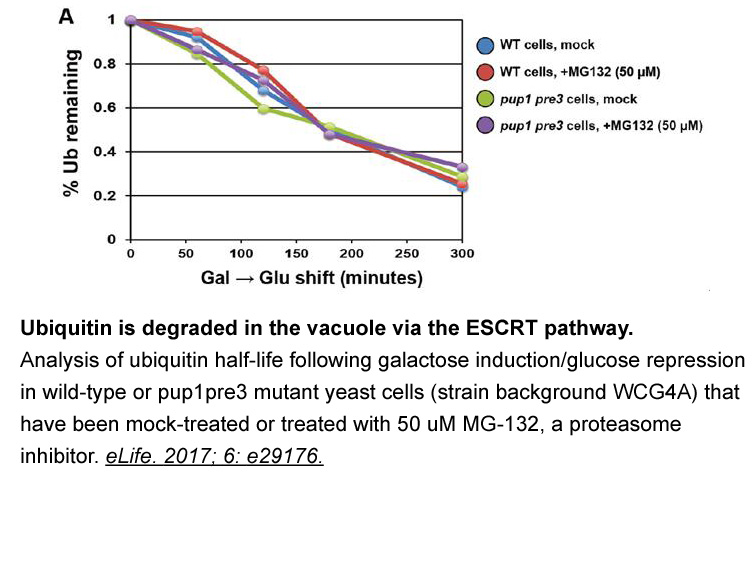
The role of DHT in early teleost embryogenesis is not entirely clear or established, however additional studies that treat fish embryos to DHT or to specific srd5a inhibitors at critical stages of development (i.e. prior to sex differentiation) will shed light on the early functions of this androgen
-
HT receptors are distributed throughout the brain within
2024-05-08

5-HT3 receptors are distributed throughout the brain, within the brainstem (e.g., nucleus tractus solitarius, area postrema and spinal trigeminal nucleus) and 98014 (e.g., hippocampus, amygdala, nucleus accumbens, putamen and caudate) (Abi-Dargham et al., 1993, Barnes et al., 1989, Bufton et al., 1
-
br Funding br Introduction The interest in the
2024-05-08
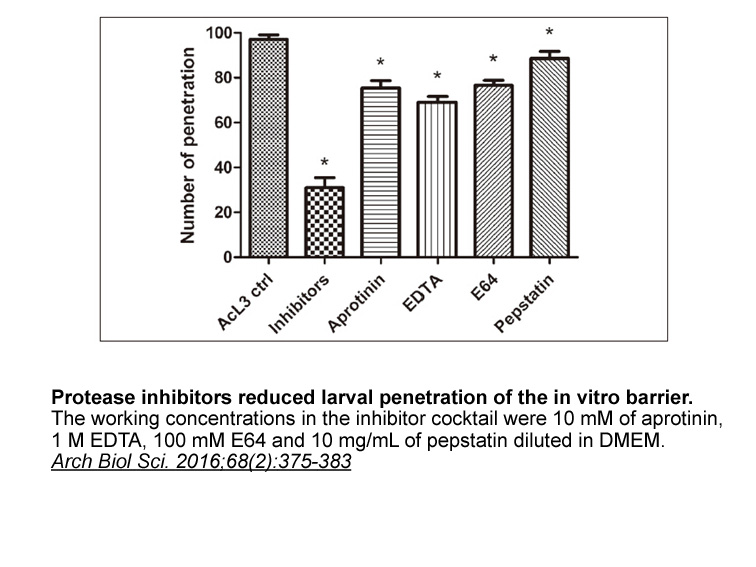
Funding Introduction The interest in the effects of endocrine disrupting chemicals (EDCs) in the aquatic environment continues to increase over the past decade, specifically those that act on steroidogenic pathways. EDCs that include synthetic androgenic and estrogenic compounds can severely a
-
br Author contributions br Competing interests br Transparen
2024-05-08
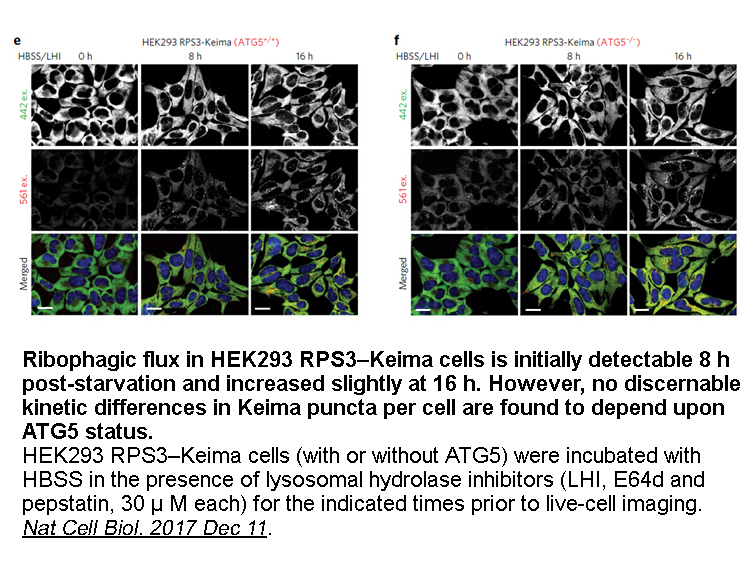
Author contributions Competing interests Transparency document Acknowledgments This research was funded by a TOP ZonMW grant (40-00812-98-10054) to R.O.E., a DFG grant (KR4391/1-1) and IZKF Erlangen grant (J36) to A.K. and supported in part by Centro de Investigación Biomédica en Red de
-
Several approved and or experimental drugs together with nat
2024-05-08
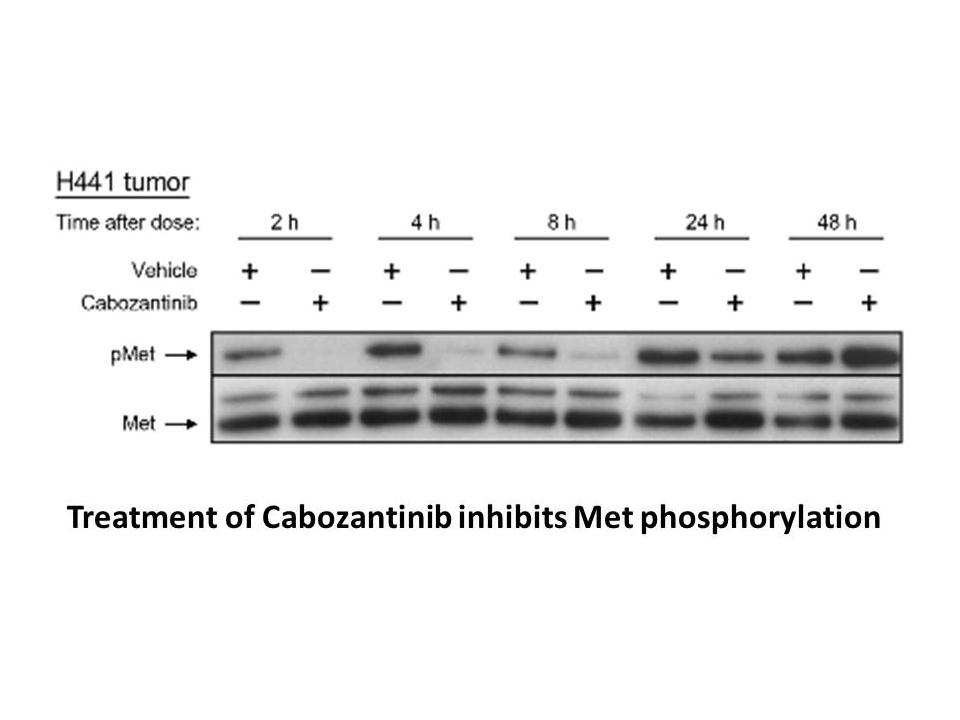
Several approved and/or experimental drugs, together with natural compounds, have been reported to induce autophagy in different cancer types [70], [71], [72] (Table 1). In the next paragraphs, we will review more in detail a group of these agents selected in relation to their promising future outco
-
br Aurora kinases br Wnt signaling pathway The signal transd
2024-05-08

Aurora kinases Wnt signaling pathway The signal transduction pathway of Wnt/β-catenin signaling pathway plays an important role in embryogenesis to control cell differentiation and tumorigenesis [39]. A recent report indicates that 90% of colorectal cancer occur due to the activation of the Wn
-
The overall mechanism of the Cdc complex
2024-05-08
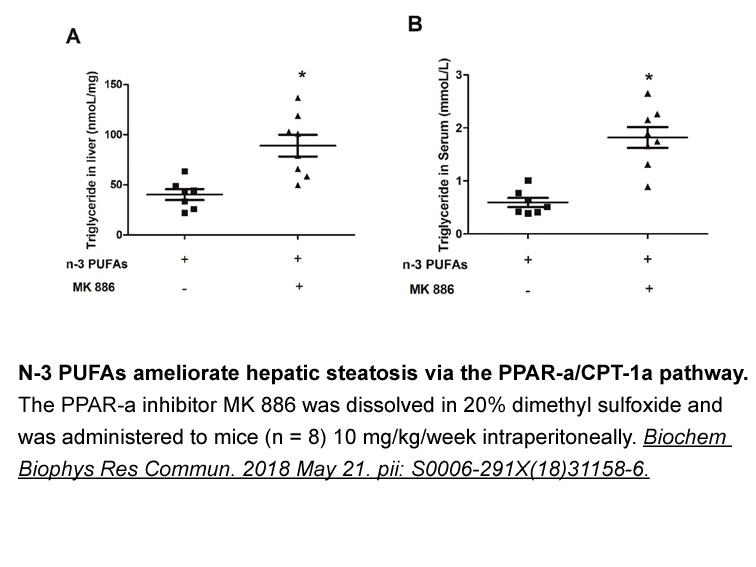
The overall mechanism of the Cdc48 complex resembles that of the 19S regulatory subunit of the proteasome, which also uses receptor proteins to bind polyubiquitin chains attached to a substrate and employs a translocation mechanism (for review, see Kish-Trier and Hill, 2013). As with Cdc48, full sub
-
Suspecting that ACL might regulate the
2024-05-08
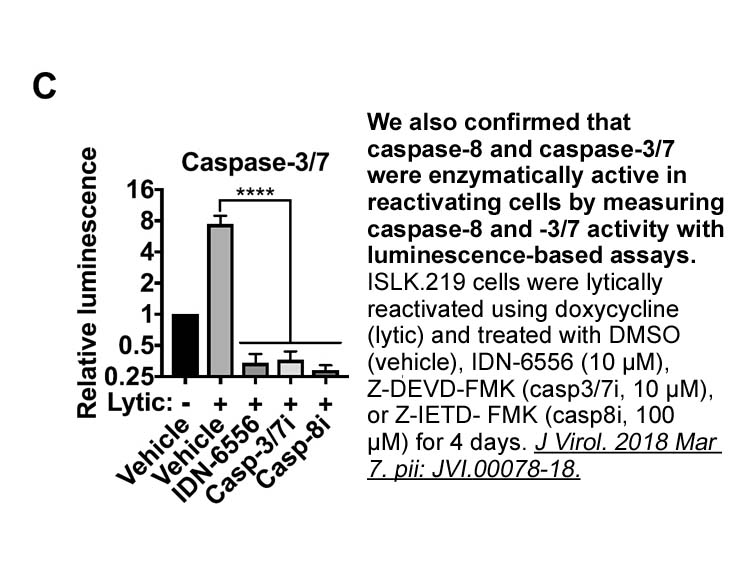
Suspecting that ACL might regulate the expression or activity of myogenic transcription factors, Das knocked down MyoD and found that such intervention abolished the effect of ACL on fast MyHC expression and that, conversely, MyoD overexpression partially rescued reduced fast MyHC expression caused
-
Rifabutin australia The class C receptors also share a commo
2024-05-07
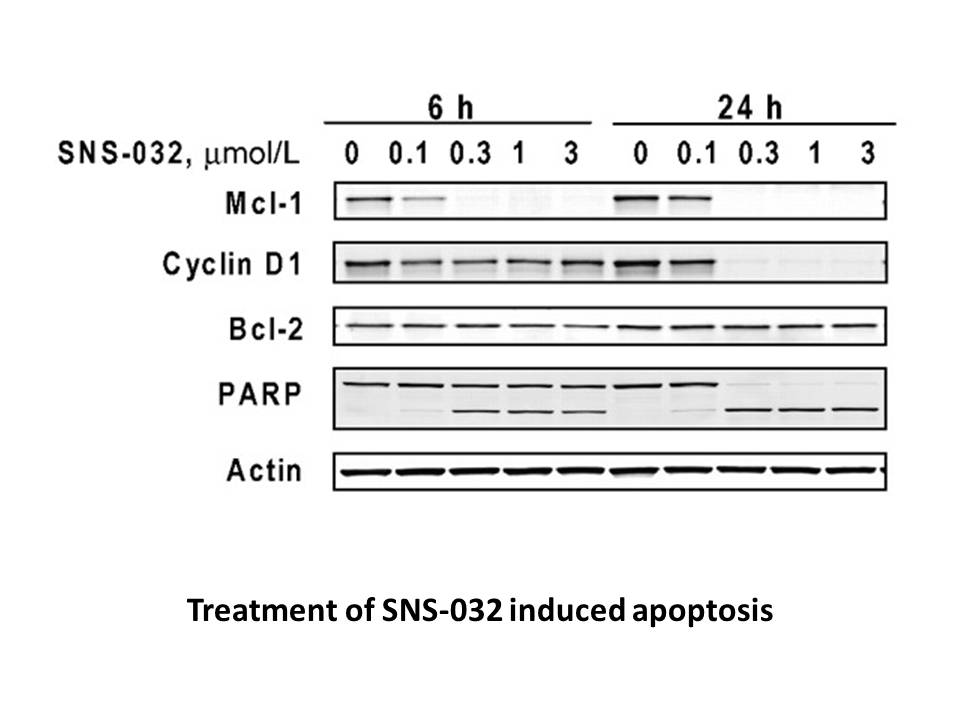
The class C receptors also share a common agonist-binding mode. In all cases, an agonist induces VFT closure by forming intermolecular bonds with surface residues in both the LB1 and LB2 domains (Geng et al., 2013, Geng et al., 2016, Kunishima et al., 2000, Muto et al., 2007, Nuemket et al., 2017, T
-
Functional enhancers are often composed of binding motifs of
2024-05-07
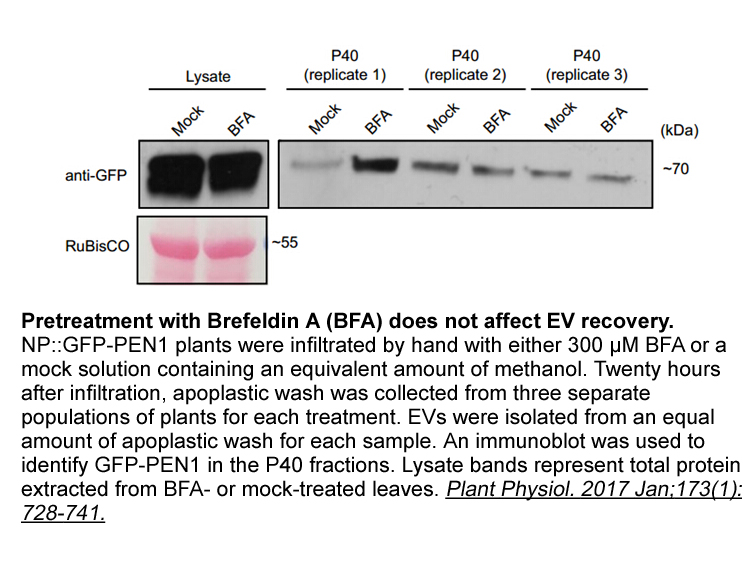
Functional enhancers are often composed of binding motifs of multiple key transcription factors to confer spatial and temporal regulation of genes in a certain context. In the uterus, the difference between the number of genes that have associated PGR occupancy and that of progesterone responsive ge
-
The levels of Mcl and FLIP are
2024-05-07
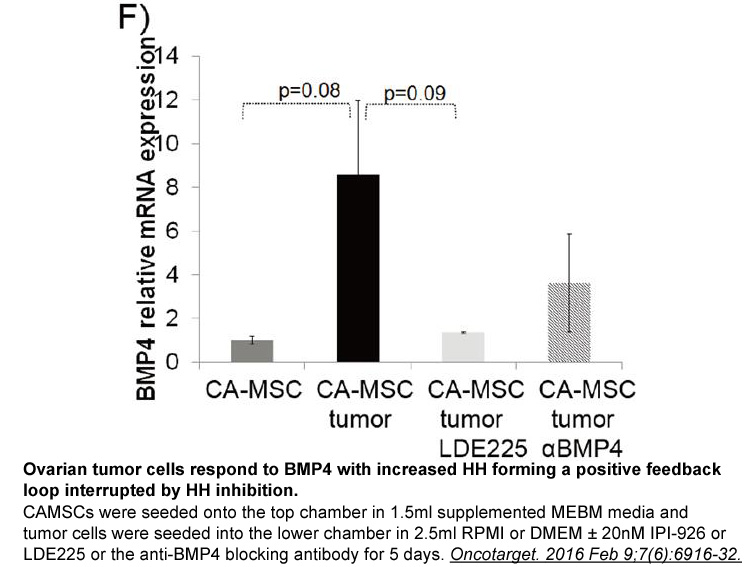
The levels of Mcl-1 and FLIP are homeostatically controlled by transcriptional and posttranslational processes. Accumulating evidence suggested that intracellular signaling molecules such as Akt are crucial to the transcription of Mcl-1 and FLIP [30], [31]. The constitutive activation of Akt is dete
-
In our approach using BRET and FRET there
2024-05-07
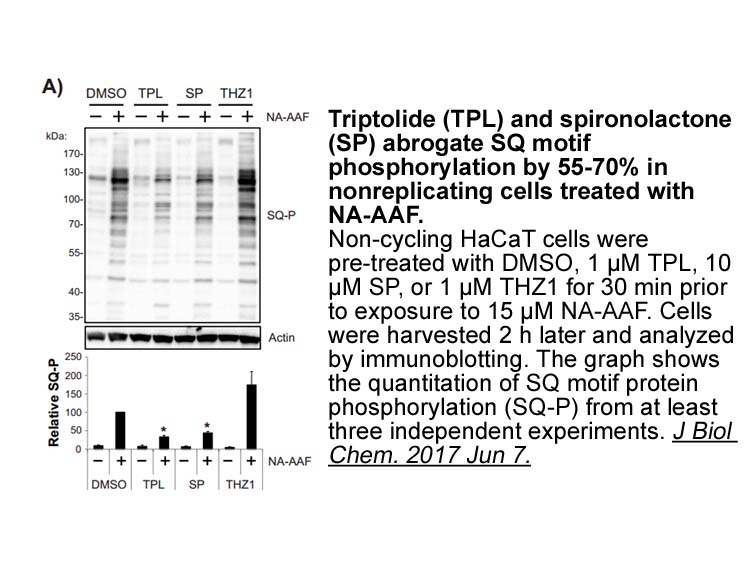
In our approach using BRET and FRET, there is a substantial increase in BRET and FRET signals between Giα2 or Giα3-YFP and CFP- Gγ2/Rluc-Gγ2 upon apelin-13 activation, indicating that Gαi2, Gαi3 and N-terminus of Gβ1γ2 subunits become closer without subunit dissociation. In contrast, both the FRET a
-
Obesity is associated with chronic
2024-05-07
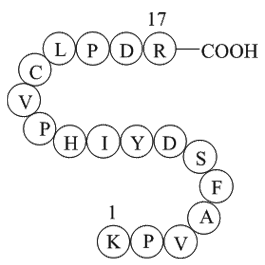
Obesity is associated with chronic low-grade ski or skii resulting from increased M1 macrophage infiltration into adipose tissue, which can subsequently lead to the development of insulin resistance. Previously, we reported that LFE and FSB both reduced body weight gain in high fat diet-induced obe
-
As patients with type diabetes
2024-05-07

As patients with type 2 diabetes are known to be hyperinsulinemic per se, this relationship between insulin/IGF1 receptor and AR may point towards a causal role of insulin in AR upregulation. Indeed, this is supported by several previous observations. Beyond the already mentioned AR activation by in
-
The association of male gender with
2024-05-07
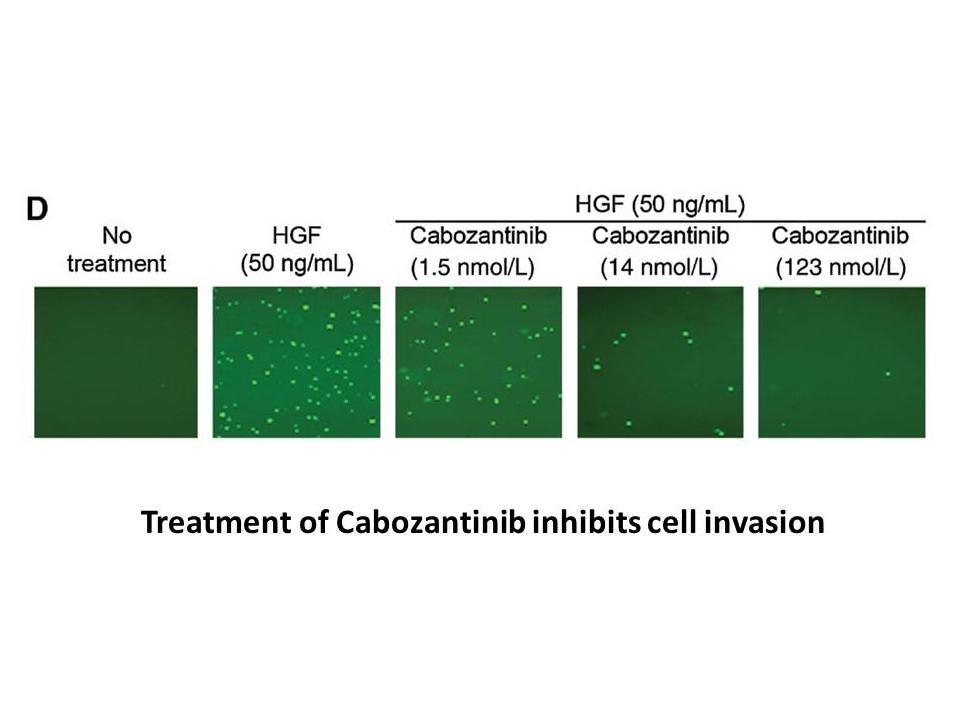
The association of male gender with increased atherosclerosis has stimulated interest in the role of androgen signalling in this condition. Androgens act (Fig. 2) by direct activation of androgen receptor (AR), a nuclear receptor that acts as a ligand-regulated transcription factor (Gao et al., 2005
16251 records 160/1084 page Previous Next First page 上5页 156157158159160 下5页 Last page